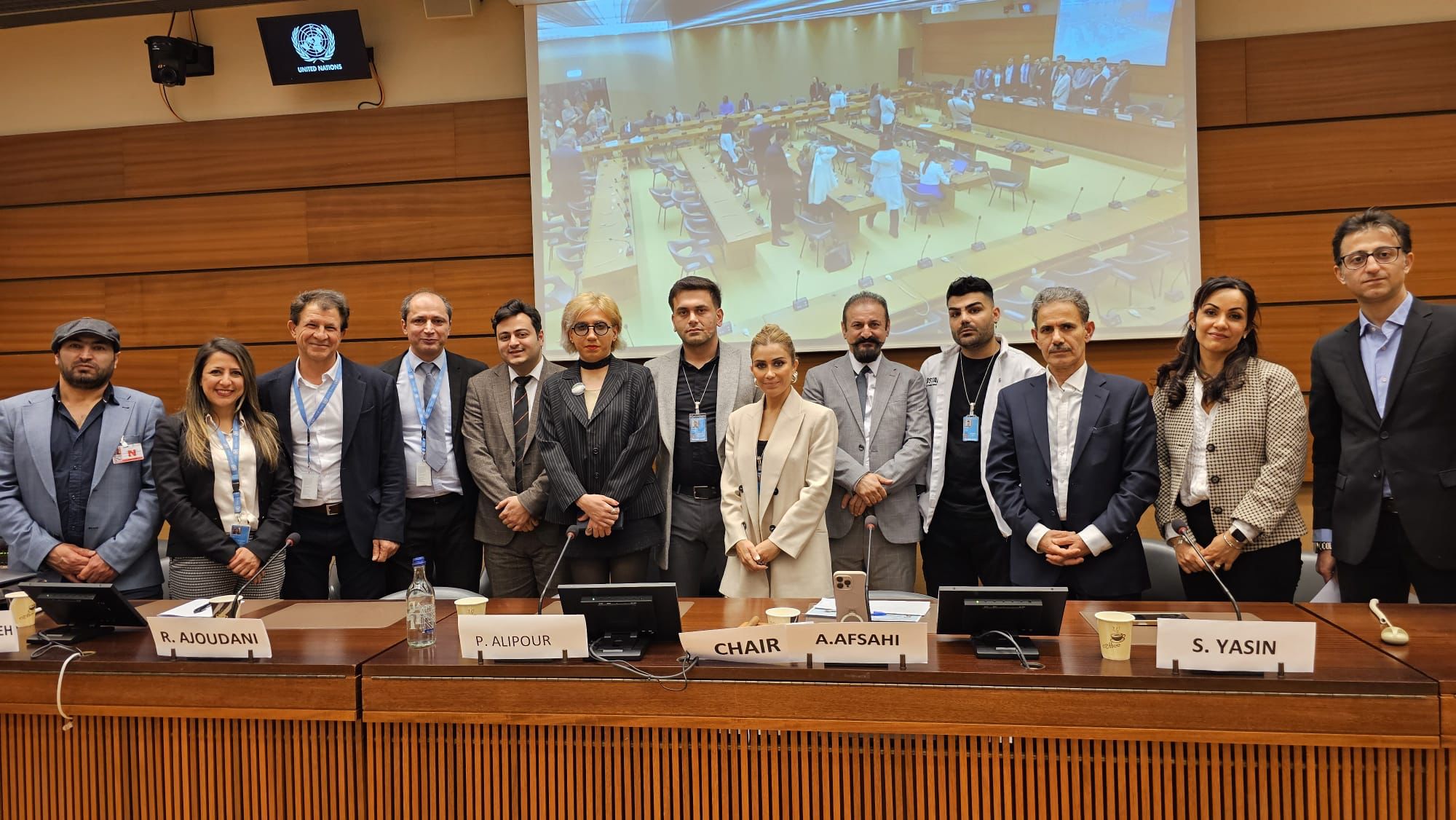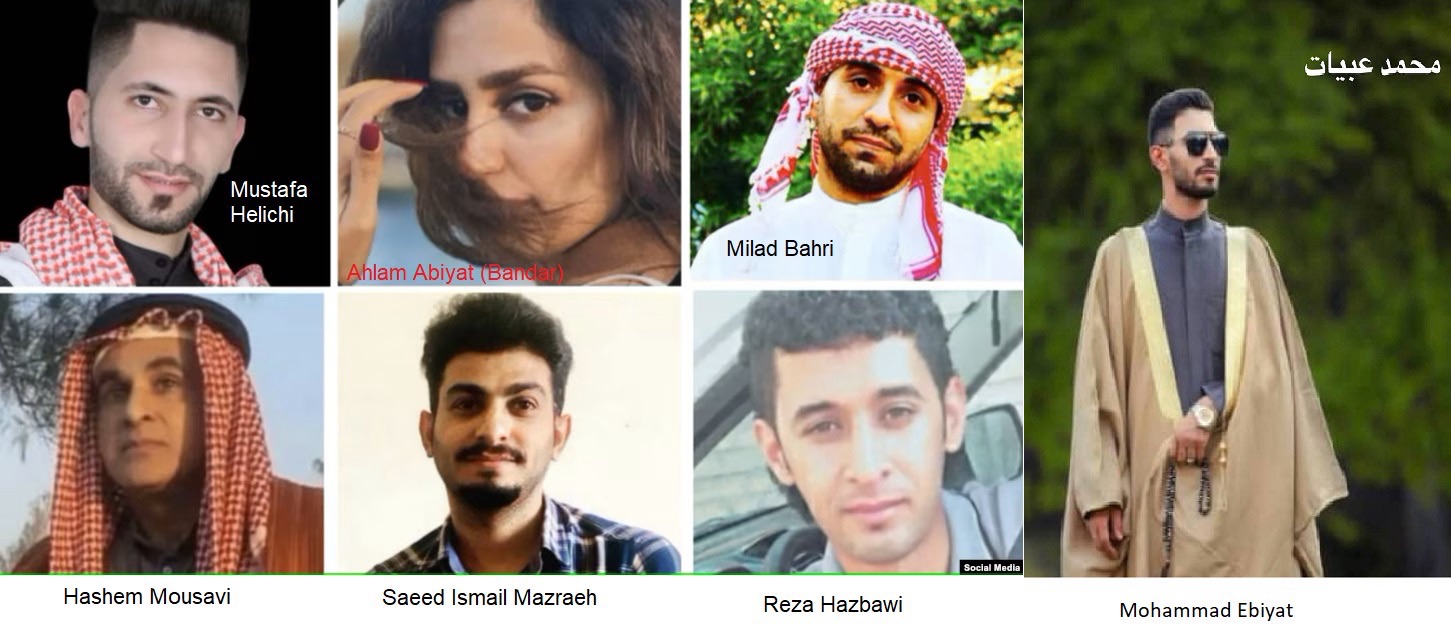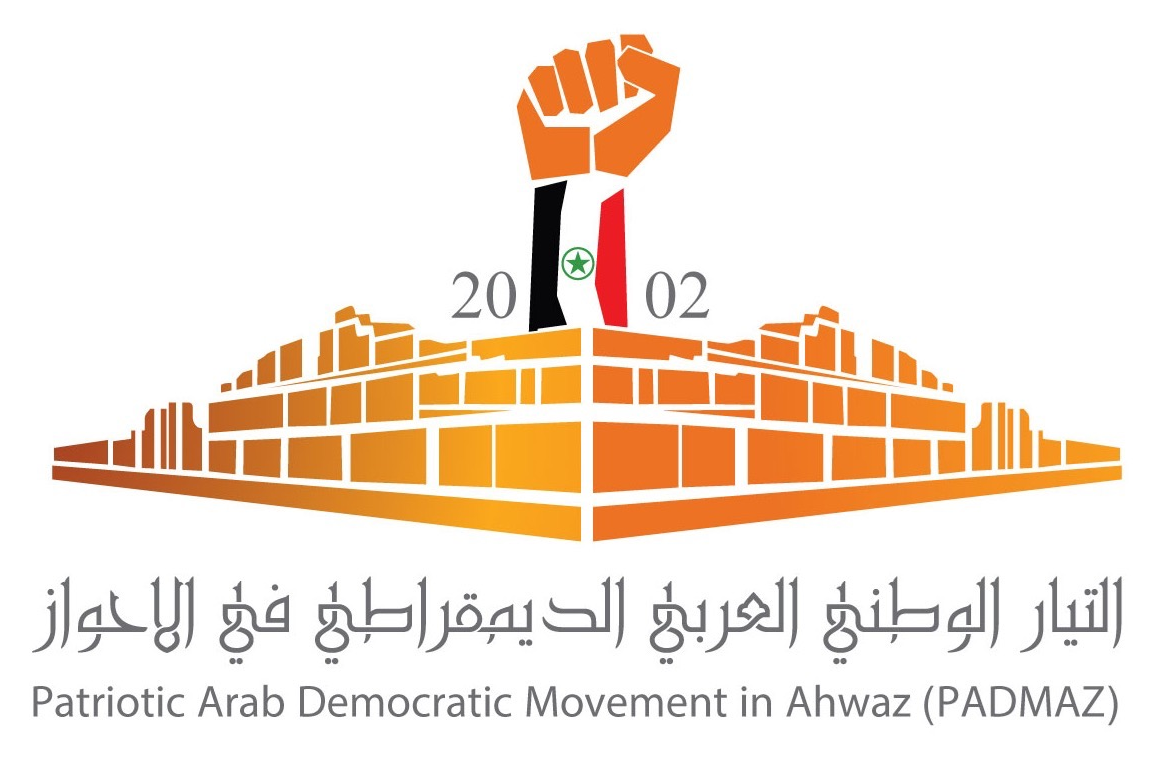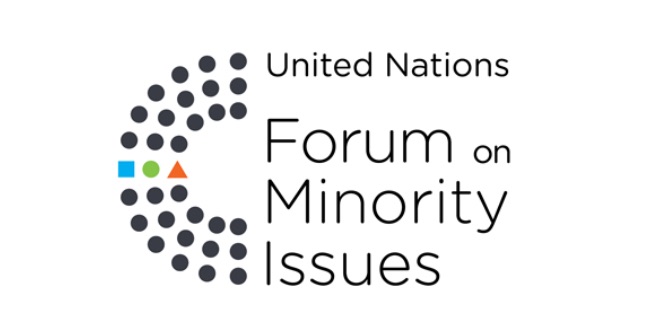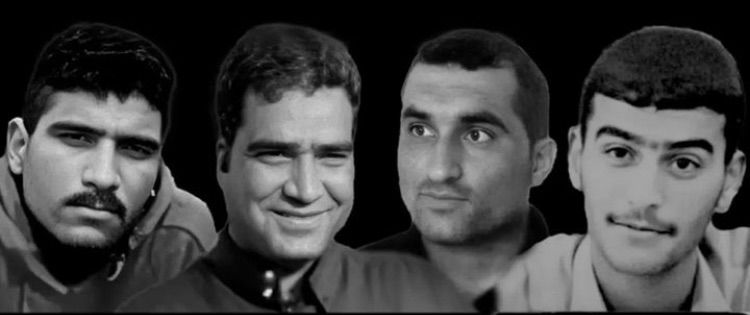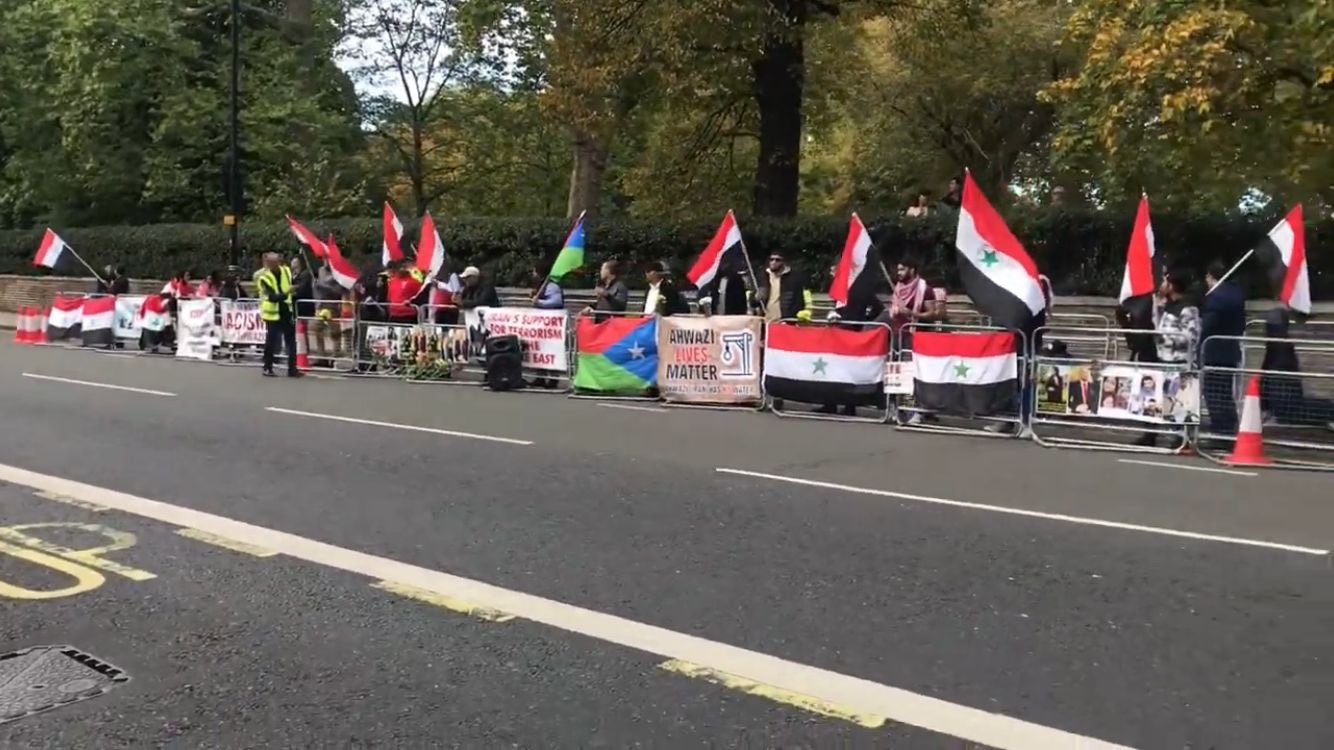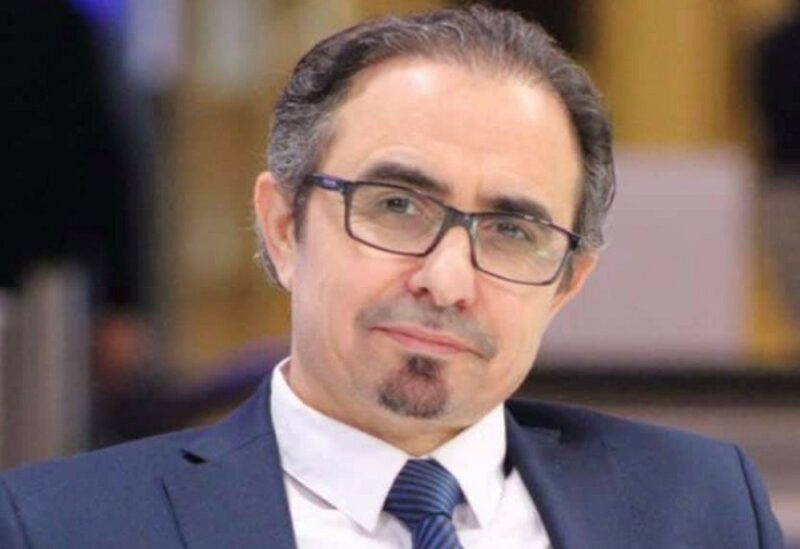Historical and Structural Reasons of the April Intifada And the Disastrous Results of Eight Decades of Racist Policies
Written by Mohammad Nawaseri
Translated by Selma Ahwazi

Part 1
This Article has been translated from Arabic to English and the original one was published on 12.05.2005. Mohammad Nawaseri, the author of this article, was a political activist who devoted his short life to Ahwaz and her Arab people. He was born in 1969 in Muhammara and lost his father at the age of 12. His father, Sharif, was executed by the hands of the Islamic Iranian Government shortly after his arrest and without having the chance of a trial. Despite the many difficulties Mohammad faced in his childhood he managed to finish his studies at high school and enter Allameh Tabatabaee University of Tehran at the field of Social Science. Meanwhile he was busy doing researches and writing about the humane issue of Ahwaz. For his political activities he was arrested two times for which he was not condemned. However, and due to the pressures from the Iranian Government which made the life difficult for him in Iran he eventually had to leave the country. He went to Holland and remained there to pass away in March 2007, very shortly after getting his residence permission. He passed away after a heart attack while writing another article about Ahwaz. Mohammad’s political background and his deep knowledge about Ahwaz and the situation of the Arab people of Ahwaz were very attributing to the progress of introducing Ahwaz case as a humane issue to the world. He was an important member and founder of Ahwazi parties such as Wifagh Party, The house of Arabs in Tehran, Arabic Nationalist Democratic Council in Ahwaz.
Introduction
The “Intifada” of the Arab people of Ahwaz in April 2005 proved the validity of what has been held through hundreds of articles, researches, theses, conferences and meetings by most analysts and researchers in the fields of social and political sciences, from the different Iranian nations and from the Arab people of Ahwaz in recent years. Those intellectuals were unanimous on the historical existence of a structural disorder, and they agree that the only way to overcome such disorder is the creation of a new relationship between the centre and the ethnic regions, defining that relationship according to modern scientific basics, and modifying and changing the current disabling structure. As it stands, the existing relationship between the center and the different non-Persian Iranian nations is one which has its intellectual and methodological foundations inspired by the racist heritage (Ethnocentrism) of the Persian people and the Persian political and intellectual elite, including the famous representatives of this racist heritage, Firdausi’s Shahanameh and the westernized Persian intellectuals.
This discourse of this racist hostility against all that is non-Persian has been most hostile to the Arab people of Ahwaz to a point that in this country (Iran), an Arab is guilty until proven innocent. The Arabs are being marginalized and segregated in such a systematic and racist way that its prejudicial effect can be clearly seen in the different political, social, cultural and economic levels. For example, the broad geographical spread of the Arabs in Iran is due to the policy of uprooting a large segment of the people from their land and natural and historical roots.
However, there is no formal mention of all of the different nations of Iran, for the Iranian government names them as “tribes and clans” and not “nations” possessing all the elements and characteristics of a nation from history to common historical memory, geographical unity, language and culture. Notwithstanding, the fact is that Iran, due to its historical, geographical, and living composition, consists of religious communities and several main nations, hence a great ethnic mosaic[1]. The population of these peoples consists of twenty-seven million Turks, seven million Kurds, five million Arabs, two million Balouches, a million and half Turkmens, seven million Lors, one million Gilakis, and Taleshi, Hazara, Tatar, Armenian, and Assyrian peoples. The number of Persians as one component of the Iranian state does not exceed seventeen million.
Following up on a relationship that spanned thousands of years, a kind of unwritten local federalism was built which established its roots in the depth of that relationship and its political, social, cultural and economic conditions. But that structure and that relationship changed at the beginning of the twentieth century and were replaced by a particular political format which was a distorted version of the central French experience known as the “nation state”. The French experience was separated from its content, and any form of practicing citizenship rights, democracy and participation in various areas was cancelled with the purpose of singling out the Persians as the only decision-makers in the modern government.
The factors that had an important and essential influence in the birth of the modern Iranian state might be listed as international variables and the new geostrategic conditions after the Bolshevik revolution, Zoroastrians of India and Iran, and the historical alliance between Shiite clerics, merchants, westernized intellectuals, and the Persian political and intellectual elites. The impact of this new format of the concept “Government” produced a new relationship that brought multiple problems for the non-Persian nations. Citizenship, language of the government, and the official rhetoric, cultural heritage, history, etc. were confined to the Persians, and no one was allowed to object to it. Accordingly, the newly established government adopted an oppressive systematized nationalistic policy, called the “people-making process”, to create a new concept of citizenship, and to found the tragic phenomenon of apartheid.
Under the impact of those oppressive and chauvinistic policies, comprehensive ethnic crises started and lasted for eight decades. They were initiated with the birth of the modern government in its uneven pace. However, with the development of the national feeling and awareness of the Iranian nations during the recent years, the crisis (national uprisings) adopted an upward movement and the nature and pattern of those comprehensive nationalist uprisings changed from positive struggle (armed) to negative (peaceful and civil).
Moreover, the demands of the Iranian nation and the Arab nation of Ahwaz evolved in recent decades, and a struggle was started for the restoration of their denied historical and human rights which had been usurped by one of the components of the Iranian government (Persians). A common perception was reached by most of the people and the intellectual and political elite of these nations, and it was the necessity of self-determination right away from the political, historical, social and cultural conditions which have been founded during those dark decades of the history of modern Iranian state. Self-determination is a right upon which what all international charters and treaties and the Universal Declaration of Human Rights are based.
During the most of the historical stages, the Arab people of Ahwaz were particularly distinct with regard to the relationship which links the components of the Iranian state. Before the birth of modern Iran, that relationship for Ahwaz and its people was always in a fluctuating state in a way that over thousands of years, Ahwaz did not witness but short periods of political unity with governments and successive strains which gained the rule of Iran. Considering this point, among the rest of the components of the Iranian state, the region of Ahwaz is unique in this characteristic.
The policy applied by the Iranian government against those uprisings and ethnic crises, and against the demands that were raised as a natural consequence of those uprisings, was a racist and barbaric one, as the Iranian Government always and excessively used brutal force to suppress the uprisings of the Iranian nations and the Arab people of Ahwaz. There has always been unanimity between the Persian politicians and the intellectual and political elite, and between the government and the opposition that rises from one standard and one interpretation, that of protecting national security and preserving the unity of Iranian territory. This has been their excuse for using all those brutal and barbaric tactics in smashing the insulated peoples, thousands of whom were killed and wounded, and millions of whom were displaced forcibly during those eight dark decades.
In this context, and in order to address the ethnic crisis in Iran while ignoring all the international norms and laws, people like “Masha Allah Shamsolvaezin”, the opposition journalist, and “Mosayeb Naimi” speak to Al-Jazeera satellite channel to argue and uncover the realities about the ethnic crisis in Ahwaz. At the same time, Mohsen Rezaee, who is known for his anti-Arab chauvinist inclinations, writes in his website “Bazatab” that the participants in this uprising (Intifada) were a group of gypsies who came from Iraq.
To prevent the recurrence of such massacres against the Iranian nations in general and the Arab people of Ahwaz in particular and to find solutions for the ethnic crisis one should interpret and analyze the uprisings of these nations[2] in their historical and structural context, in order to define priorities for solving these ethnic contradictions. The onus is on the intellectual and political elites of the Iranian nations and the Arab nation of Ahwaz to enrich the theoretical and methodological foundations of the solutions to these paradoxes.


